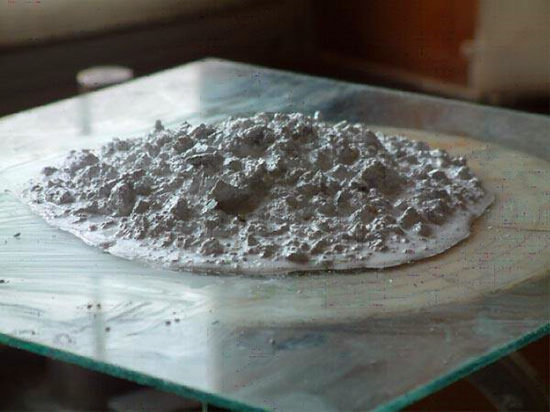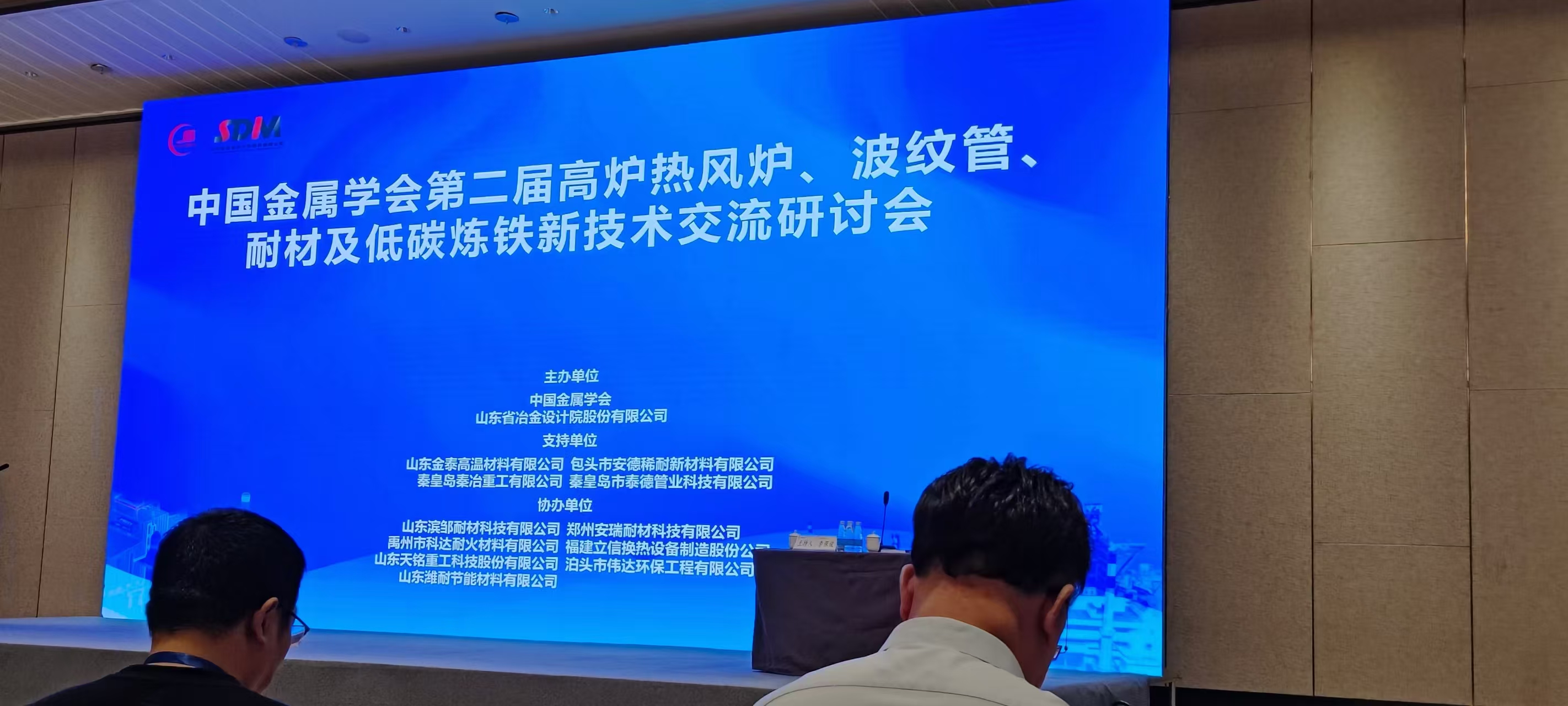What are the technical requirements for refractory castables for heating furnaces in steel mills
2020-04-30 16:56:58
Since the appearance of unshaped refractory materials, most of the tops of steel rolling heating furnaces in domestic steel mills are almost entirely made of refractory castables or refractory plastics. The top two structures are used to explain the relevant technical requirements.

A heating furnace is an integral casting structure. During construction, the formwork is first supported, and the anchoring is fixed to the steel structure on the roof of the furnace. Then, the refractory layer is poured, and the expansion joint is kept well; the insulation layer above the refractory layer is light-weight cast material. The second type is the prefabricated block structure. This structure appeared in the early stage of the use of indefinite refractory materials. Its advantage is that it is convenient for construction and maintenance, but it uses more materials and the furnace roof insulation is not good. It has been gradually replaced by the overall pouring structure.
The application of refractory materials in regenerative heating furnaces. Since the late 1990s, the furnace has used quick-drying castables, quick-drying self-flowing castables and quick-drying anti-slag castables. This kind of material not only guarantees the excellent performance of low-cement, ultra-low-cement and cement-free castables, but also can be quickly constructed, especially fast baking, so that the whole castable furnace body can be baked within 3 to 5 days In addition to the above characteristics, the quick-drying slag-resistant castables also have excellent anti-corrosion properties of iron scale.
Regenerative heating furnace is a new type of heating furnace developed in recent years. The biggest feature of regenerative heating furnaces is high efficiency and energy saving. The average energy saving rate is increased by 30% on the existing basis, and the emissions of pollutants, especially NOx emissions, are reduced. Of great importance.
Regenerative heating furnaces mainly include channel heating furnaces, external regenerative heating furnaces and burner heating furnaces. Compared with the general heating furnace, the regenerative heating furnace has undergone major changes in the combustion method, heat exchange method, heat exchange medium, etc., and the furnace structure has also changed.
The self-flowing castable is a low cement or ultra-low cement refractory castable that can flow, shape, level and degas itself without vibration. Select suitable raw materials and particle size grading for different use parts, use composite ultrafine powder and high-efficiency dispersant to obtain better construction performance and high temperature serviceability. The self-flowing castable is suitable for the narrow and complex parts of the construction site, such as the bandage of the bottom water pipe of the steel heating furnace, the furnace wall of the regenerative heating furnace with a special structure, and the use of self-flowing castable for some parts that need local repair and packing. More convenient.
The furnace body of the channel heating furnace has many mutually isolated heat storage chambers and many criss-cross gas pipes or air pipes. The heat storage chambers cast by traditional vibrating castables are not reasonable because of the gradation of ordinary refractory castables It is also combined with cement, which has deficiencies in medium temperature strength reduction, large linear shrinkage, poor volume stability, etc. After a period of use, it is prone to cracking, which makes the regenerator run and leak air during operation, which affects the heat exchange energy saving effect. In particular, once the gas regenerator leaks gas, it will also bring hidden dangers to production. Ordinary castables use vibration equipment to flow the material during construction to achieve the required filling effect, but in the narrow and complex shape of the regenerator furnace wall (furnace wall is a multi-layer structure, layered Construction, the thickness of each layer is only about 100mm), the vibration equipment cannot be used, and the problem is solved well by using self-flowing castable.





